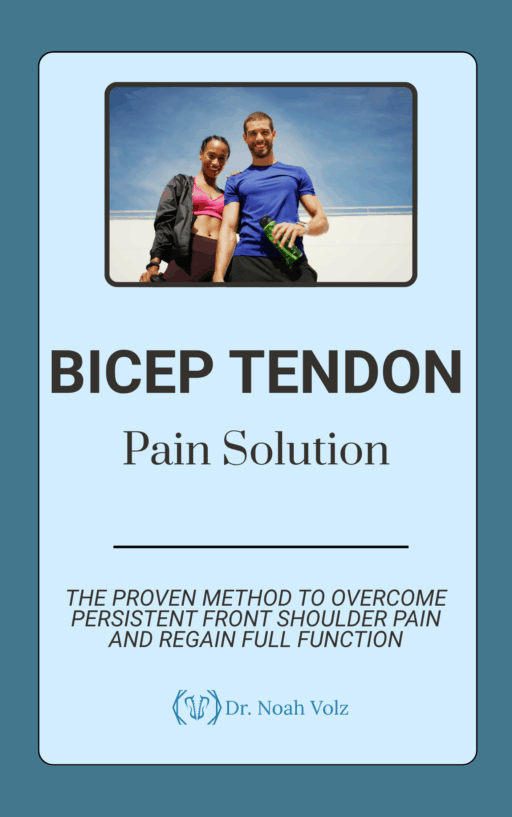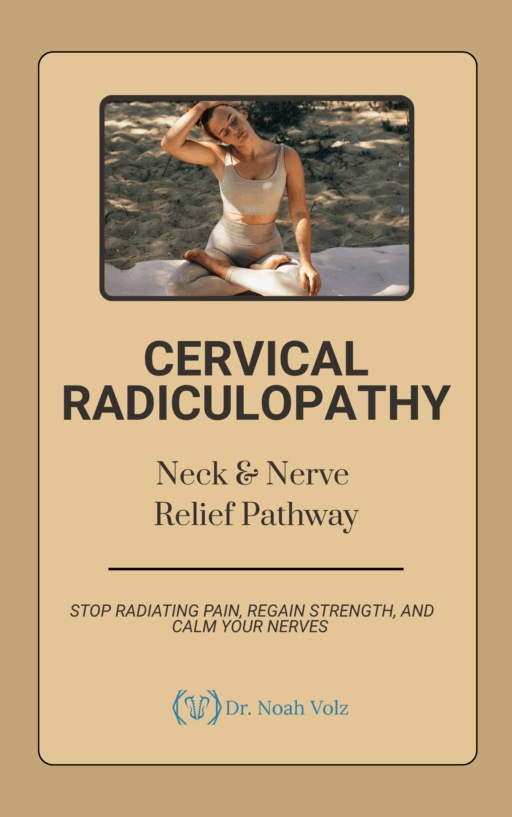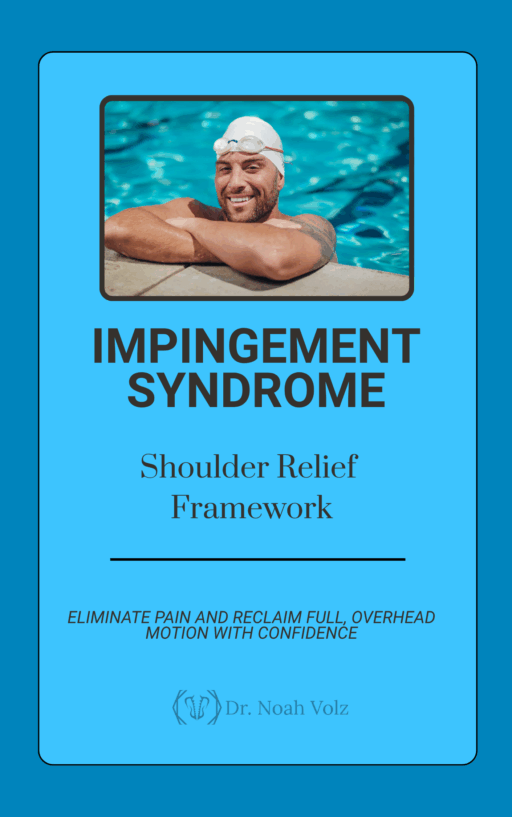Jason was 36 and in the best shape of his life—until a single workout derailed everything.
He was midway through a kettlebell circuit when he felt a tug in his lower back. No loud pop. No shooting pain. Just a tightening that deepened over the next few hours into stiffness and soreness that lingered for days.
It seemed mechanical—like a minor strain.
But after three weeks of rest and rehab, he was no better. And when a sneeze sent pain radiating into his right buttock and thigh, he panicked.
That’s when he came into my Ashland chiropractic office.
Like many patients, he blamed the pain on the moment it started:
“That lift messed up my disc.”
But after a detailed exam, the story turned out to be more complex—and far more hopeful—than a “disc gone bad.”
Understanding the Annulus: Where Pain Often Begins
When people think of disc injuries, they often imagine a herniated nucleus pulposus pressing on a nerve. But what Jason had was more subtle—and more common: a lesion of the outer annulus fibrosus.
Here’s what the science says:
-
The outer third of the annulus is innervated by the sinuvertebral nerve and branches from the ventral rami and gray rami communicantes¹
-
This part of the disc is highly sensitive to mechanical stress, inflammation, and chemical irritation
-
A small annular fissure—often called a high-intensity zone (HIZ) on MRI—can generate pain without visible herniation²
And importantly:
Annular pain is often referred, vague, and doesn’t follow dermatomal nerve root patterns.
That’s exactly what Jason had.
His pain was deep, aching, and spread through the buttock—not sharp, shooting, or dermatomal like classic sciatica. That was our first clue: this wasn’t nerve compression—it was discogenic pain.
Why the Gym Injury Was Just the Last Straw
Jason had “blamed the lift.” But his history told another story:
-
Years of sitting at a desk with poor ergonomics
-
Occasional episodes of back soreness that resolved quickly
-
Dehydration (he admitted he rarely drank water at work)
-
Occasional heavy lifts without warm-up
Over time, these factors likely caused cumulative microtrauma to the outer annulus:
-
Repetitive flexion + compression loads push the nucleus posteriorly
-
The posterior annulus weakens, especially when poorly hydrated³
-
A small tear forms—but symptoms remain mild until the area becomes inflamed
That kettlebell workout? It didn’t cause the problem. It unmasked it.
The Progression of Discogenic Pain
There is a typical progression of discogenic pain:
-
Outer annular stress causes local inflammation
-
This activates sinuvertebral nerve fibers, triggering referred pain (often into gluteal or thigh areas)
-
If left untreated, the lesion may propagate inward—eventually becoming a contained protrusion
-
With continued stress, it can evolve into a radial tear or extrusion, increasing the risk of nerve root compression⁴
Fortunately, Jason was still in Stage 2—outer annular irritation without root compression. That’s the sweet spot for conservative care.
What a Positive McKenzie Repeated Flexion Test Told Us
During his evaluation, Jason reported increased pain with repeated lumbar flexion—a classic finding in annular injury. But more importantly, repeated extension reduced the pain.
This directional preference is critical:
-
It suggests the disc injury is mechanically responsive, not severely deranged
-
It points to a treatment path that includes extension-based loading strategies
-
It shows that centralization is possible, which correlates with better outcomes⁵
So rather than avoiding movement, we began to use it—specifically extension mobilization to reduce posterior disc stress and facilitate healing.
How Jason Got Back to the Gym—Stronger Than Before
Here’s what his care plan looked like in our Ashland office:
-
End-range loading (extension) to reduce posterior annular stress
-
Segmental mobilizations and adjustments to address adjacent joint stiffness and improve disc mechanics
-
Education about load management, hydration, and the importance of movement variation
-
Core activation with neutral spine to support tissue remodeling without aggravating the disc
-
A progressive return-to-lifting program with controlled hinging, pacing, and no flexion under load
Within four weeks, his referred pain resolved.
By eight weeks, he was back to training—now with smarter prep, more movement variety, and hydration as a top priority.
Back Pain Doesn’t Always Start When You Think It Does
Jason’s story is a reminder that most disc injuries don’t happen in one moment.
They build over time—quietly—until the system hits its limit.
If your back pain started after a lift, a fall, or a twist, it’s worth looking deeper.
Because your disc might not be herniated…
But your annulus might be calling for help.
The good news?
When we catch these patterns early—before nerve root compression—we can change the outcome completely.
Right here in Ashland, our chiropractic care blends evidence-informed exams with real-world rehab to help you move from confused and cautious… to strong and confident again.
References
-
Bogduk N. The anatomy of the lumbar intervertebral disc syndrome. Med J Aust. 1976;1(22):878–881.
-
Peng B, Wu W, Hou S, et al. The pathogenesis of discogenic low back pain. J Bone Joint Surg Br. 2005;87(1):62–67.
-
Adams MA, Freeman BJ, Morrison HP, et al. Mechanical initiation of intervertebral disc degeneration. Spine. 2000;25(13):1625–1636.
-
Pain in the Frame Course – CDI (2024). “Case Three – Discogenic Back Pain.”
-
McKenzie RA, May S. The Lumbar Spine: Mechanical Diagnosis and Therapy. Spinal Publications, 2003.
Want to know what kind of back pain you have?
-

Bicep Tendon Pain Solution
$50.00 -

Brain Detoxification & Recovery System
$50.00 -

Brain Energy and Endurance Support System
$50.00 -

Brain-Based Movement and Motor Control Training
$50.00 -

Centralized Low Back Pain
$50.00 -

Cervical Radiculopathy: Neck and Nerve Relief Pathway
$50.00 -

Complex Low Back Pain
$50.00 -

Complex Radiating Low Back Pain
$50.00 -

Cross-Pattern Low Back Pain
$50.00 -

Frozen Shoulder Mobility Reset Plan
$50.00 -

Impingement Syndrome: Shoulder Relief Framework
$50.00 -

Mastering Brain Senses: Rebuild Your Hearing, Vision, and Body Awareness
$50.00













